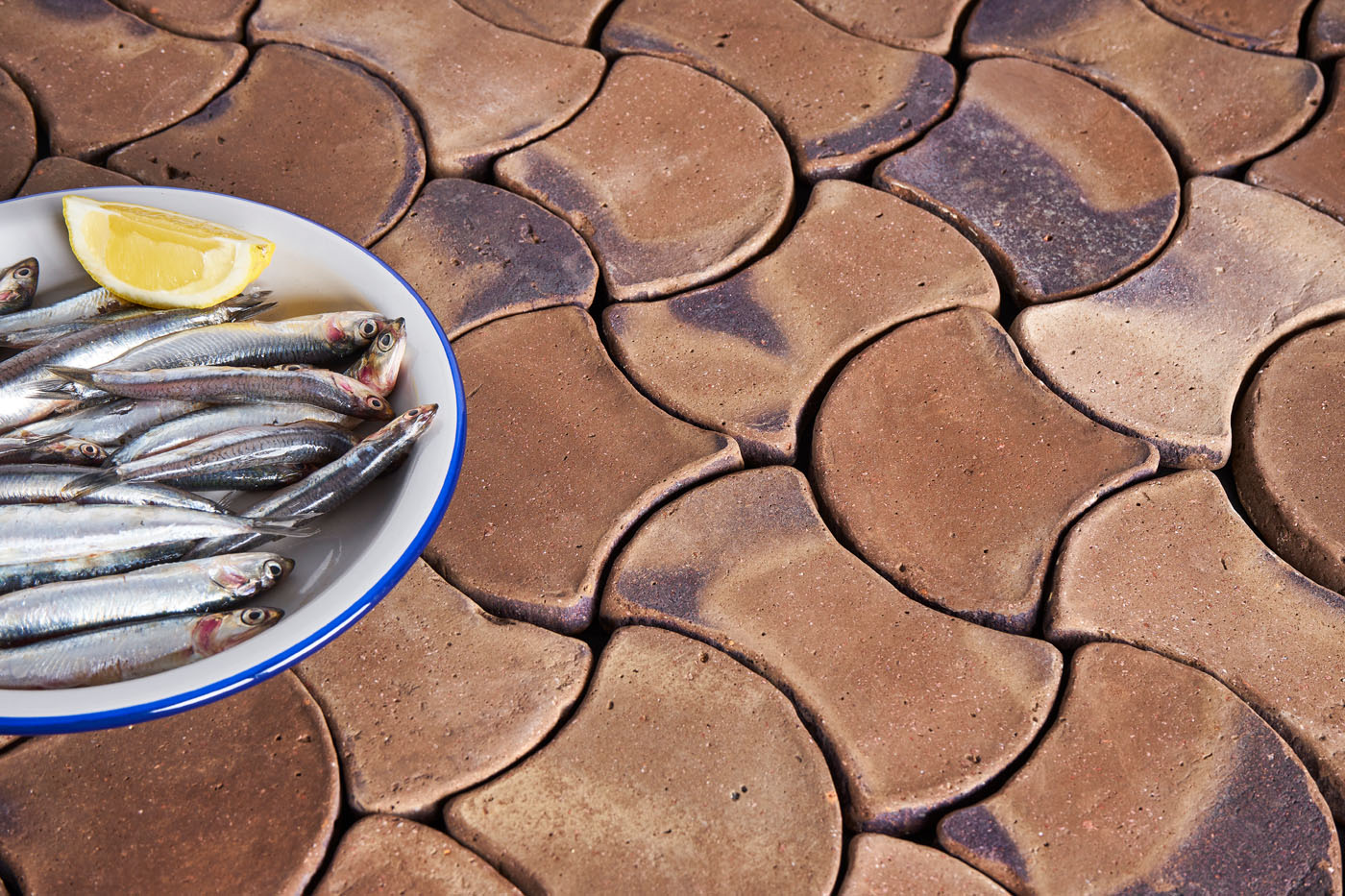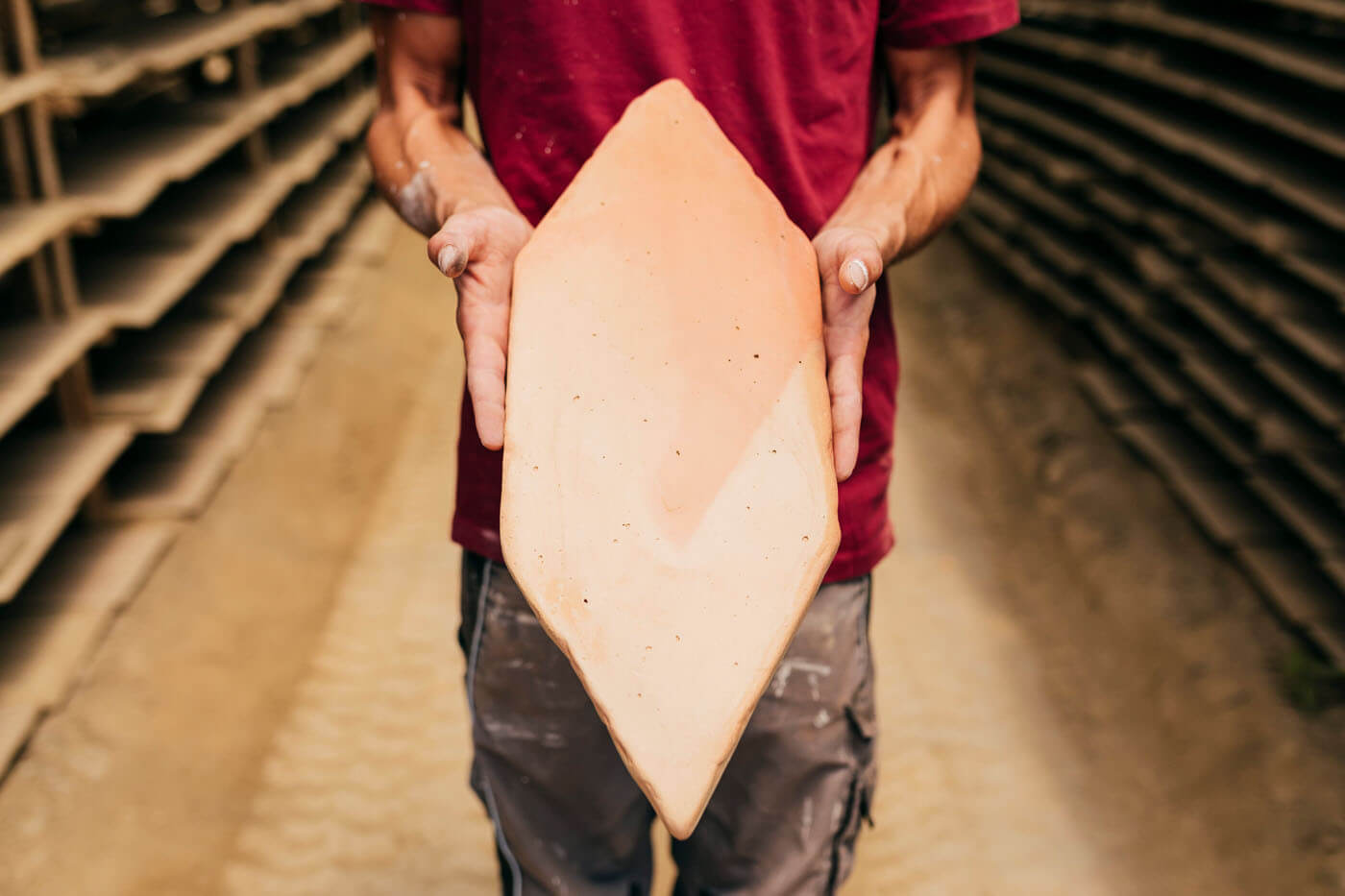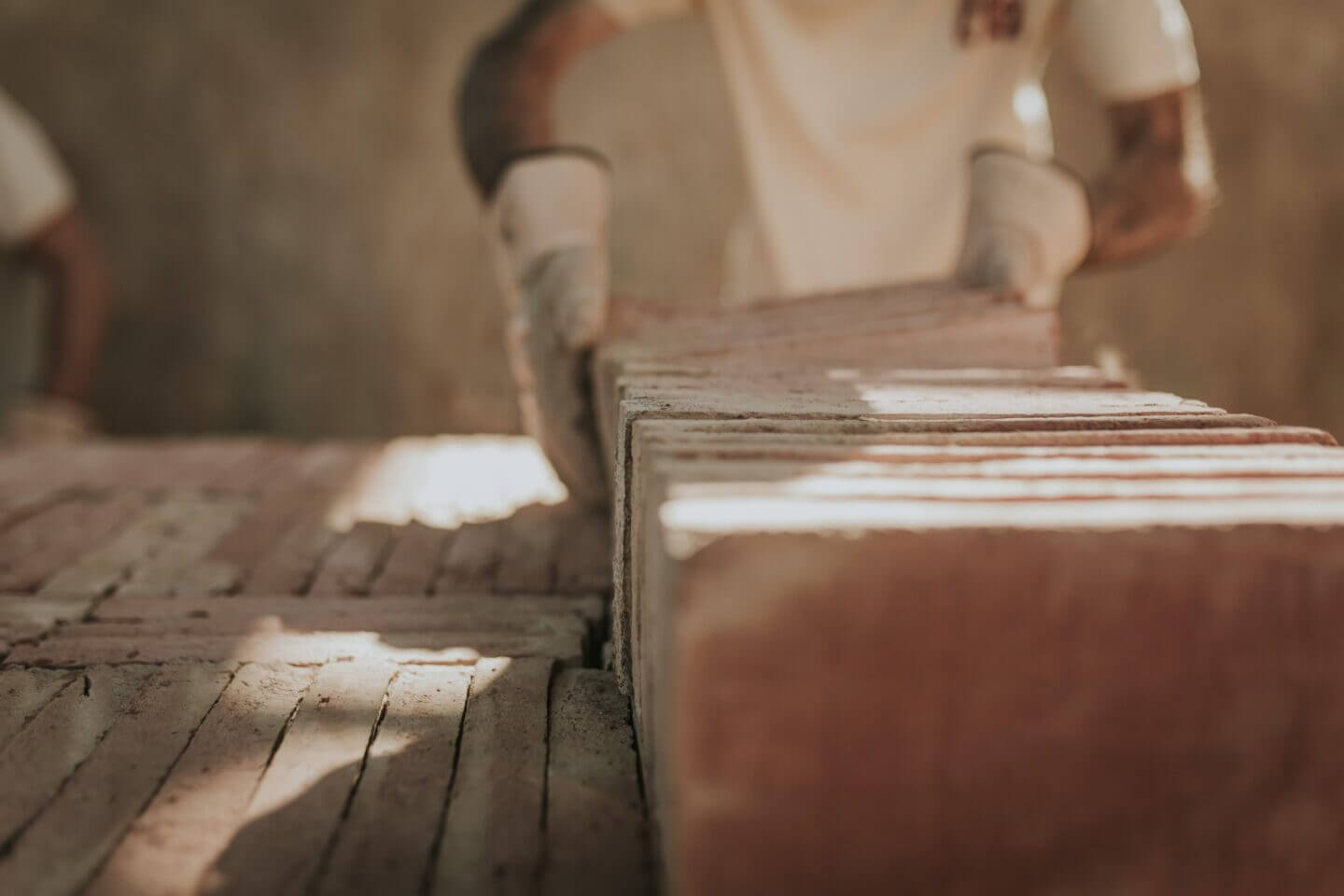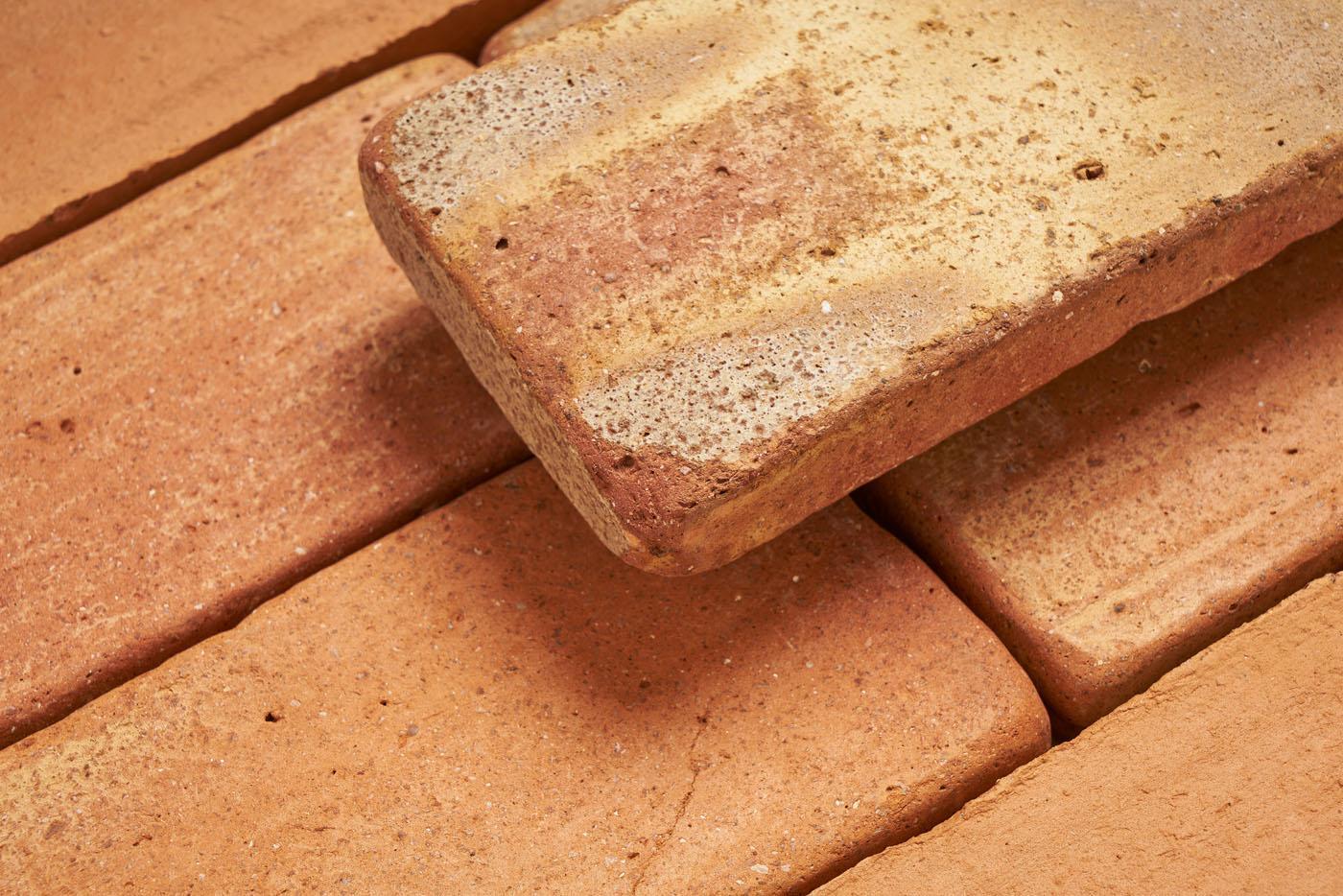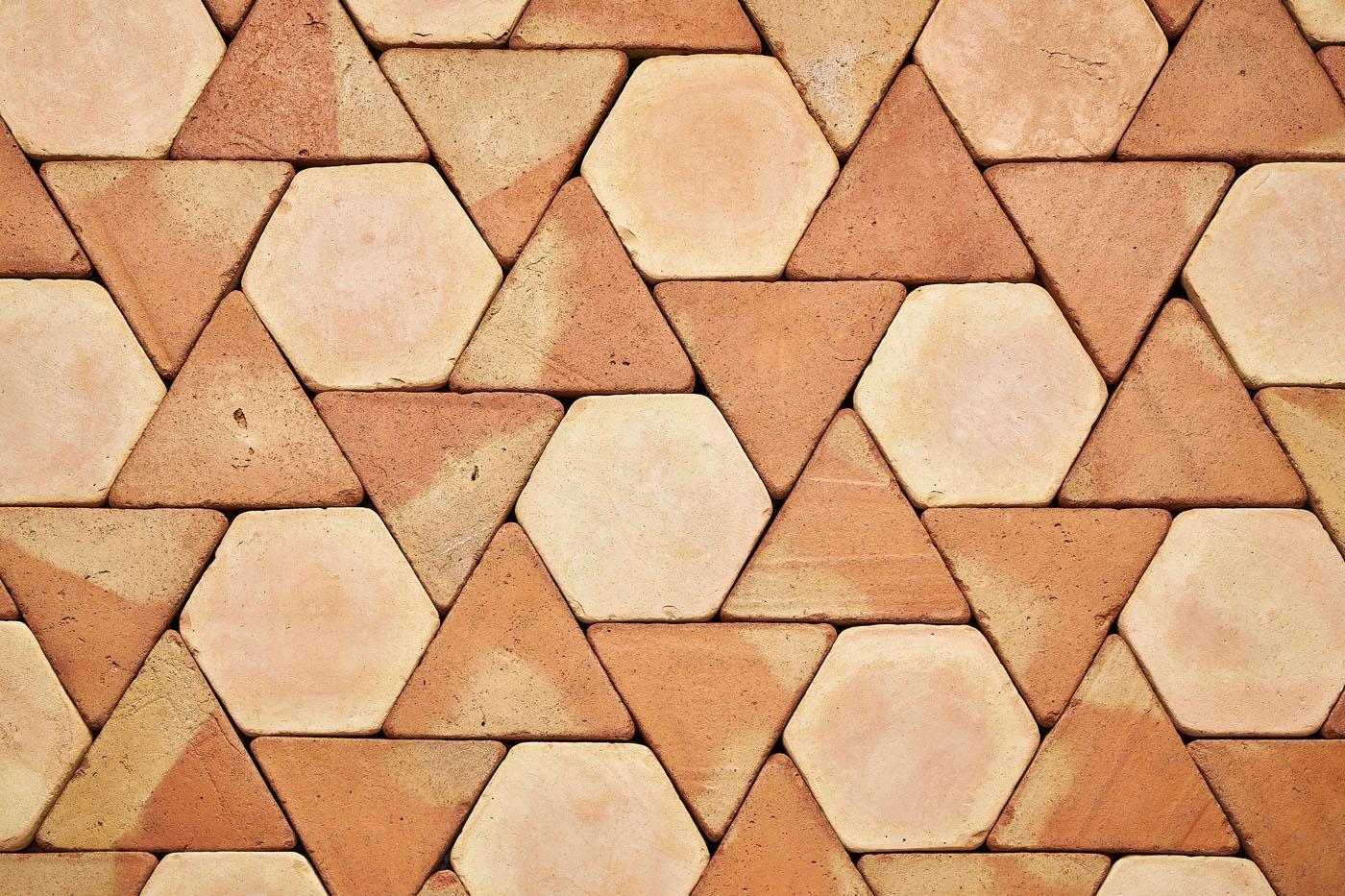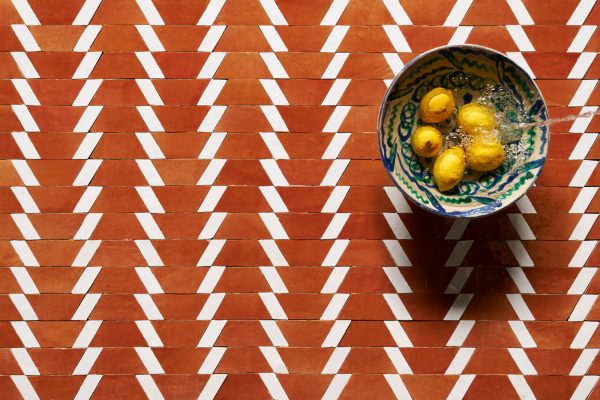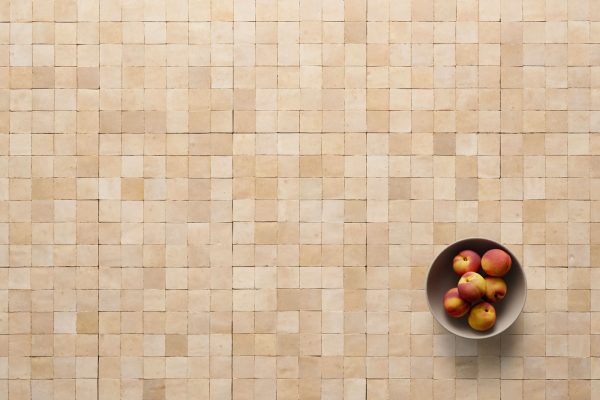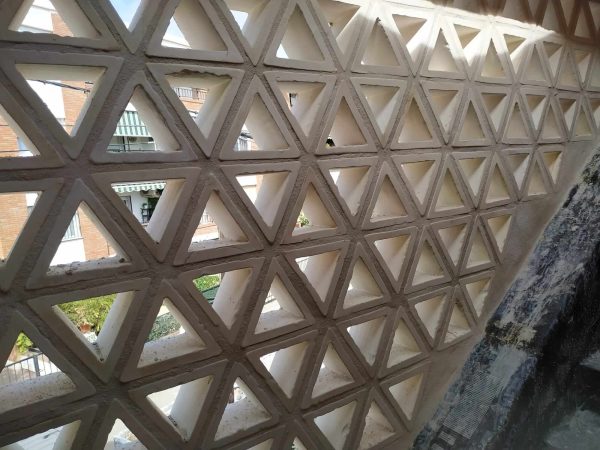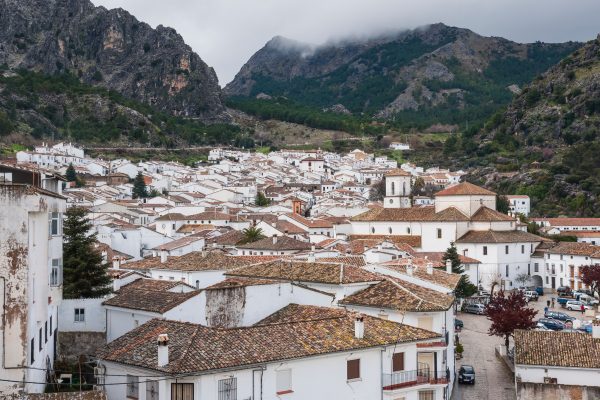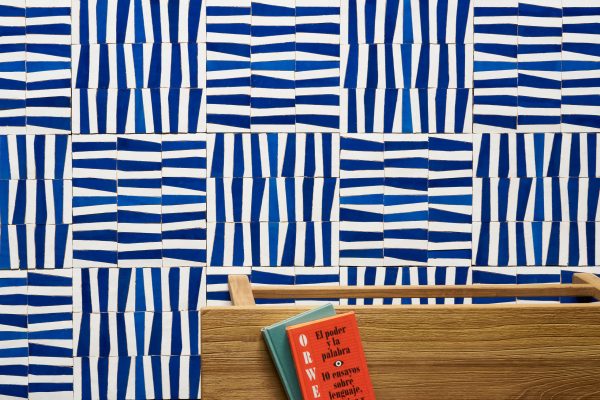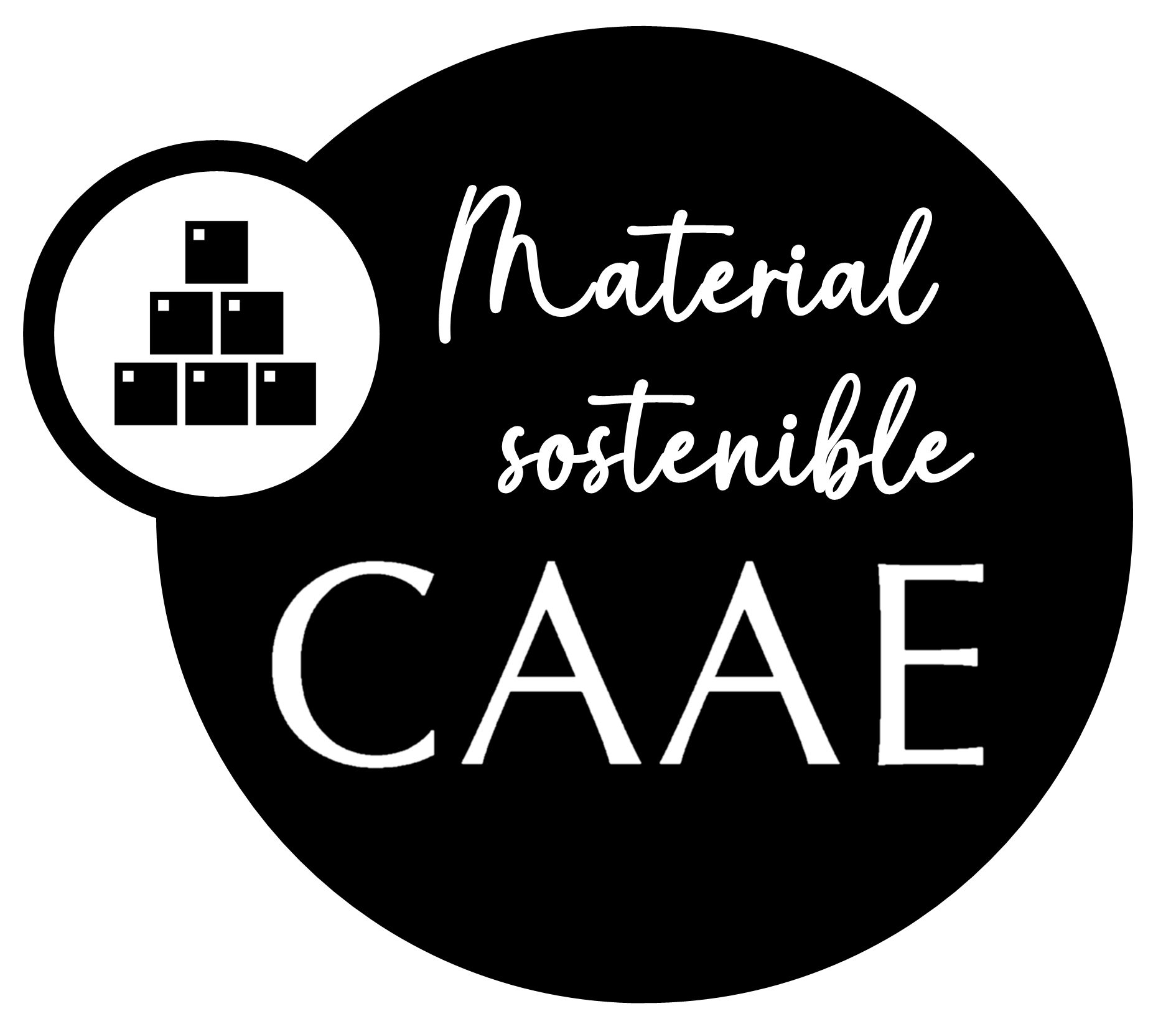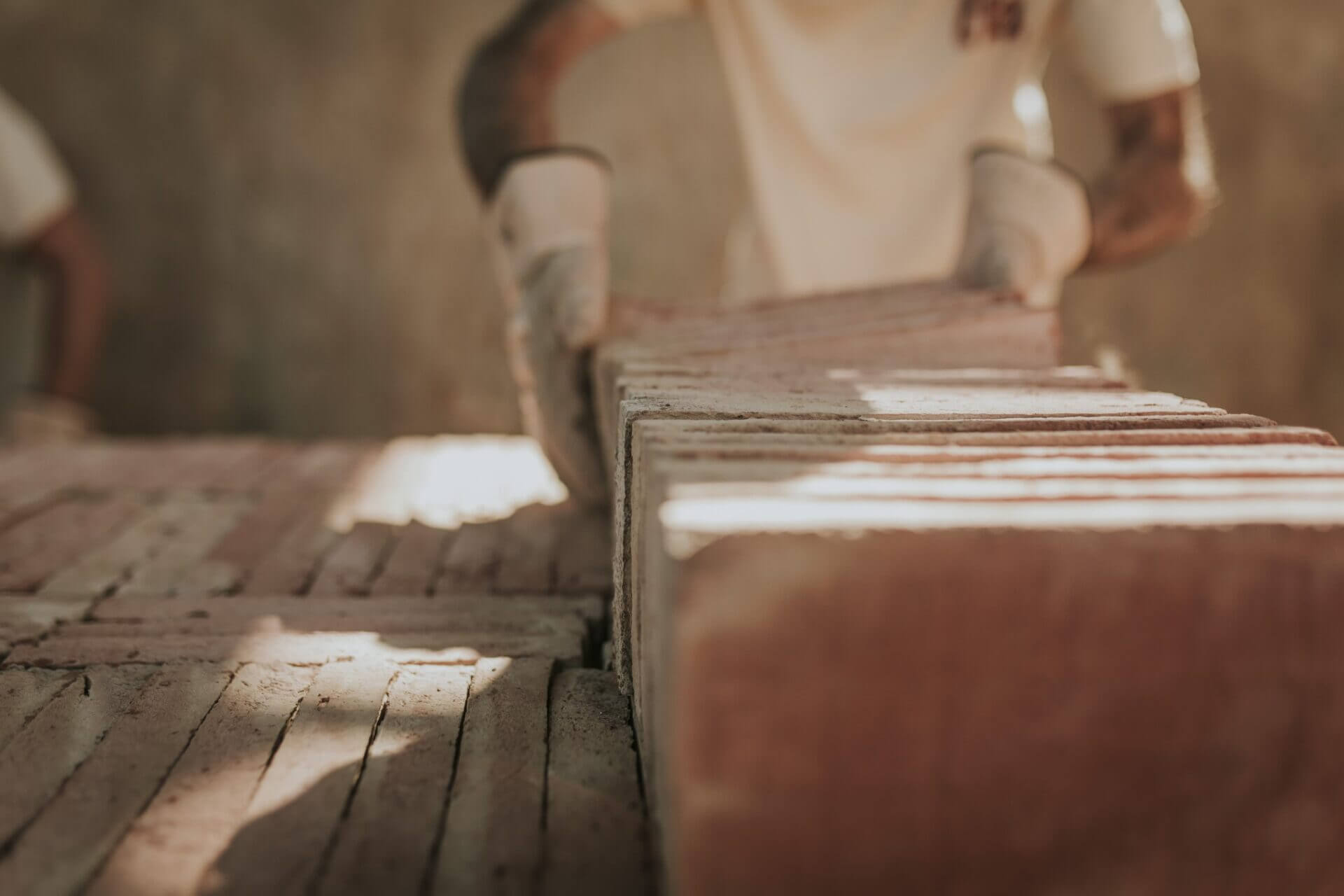
The origins of terracotta: water, cereals and fire
Terracotta is much more than a mere building material: it is a witness and architect of human evolution.
According to the Spanish Royal Academy Dictionary, clay is a moldable clayey material that hardens by firing, used in pottery and ceramics. Fired clay is a continuous and timeless witness to the history of mankind. There is evidence of its technological use since twenty thousand years ago. Approximately, since human beings evolved into Homo sapiens.
The Neolithic Revolution: water, cereals, meat, fire and fired clay
The approximate date when humans began to use clay (fired or unfired) as a technological material is still in dispute today. Knowing at what exact moment it occurred to the first sapiens that a piece of mud could take shape and be left to dry is and will remain a mystery.
The oldest clay objects that have been found date from the Upper Paleolithic, although, in these cases, they are symbolic and representative figures, not so much utilitarian.
It was not until the Neolithic when we begin to find pots, plates and vessels. It was during this prehistoric period that one of the great revolutions in history took place. Broadly speaking, during the Neolithic, human beings ceased to be nomadic and became sedentary, after mastering cultural and agricultural techniques for the first time.
This is what is known as the Neolithic Revolution. With the willful growing of the first cereals came the first food surpluses. For the first time, people had more food on their hands than they could consume. The same happens with water: when changing from nomadic to sedentary life, the first populations form settlements near sources of drinking water, mainly freshwater rivers, where the land is more fertile and livestock have a place to water.
We define technology as the set of knowledge, skills and techniques that, when applied in combination, allow humans to solve their problems and satisfy their needs. Our Neolithic ancestors were faced with the new need to store, transport and protect their new surplus food and water. The result: the first pots. In some archaeological excavations, remains of baked clay pots with cereal grains still inside have been found.
Mesopotamia: the origin of terracotta tiles and Western civilization
The origin of terracotta as a building material (like the origin of almost everything else) is believed to have been in Mesopotamia. The origin of civilization is traced between the Tigris and the Euphrates, in the valley where the triple frontier of what are now Iraq, Iran, and Syria meets. The Sumerian, Akkadian, Assyrian and Babylonian empires and civilizations flourished in the Fertile Crescent.
This historic region concentrated most of the early settlements. It is considered to be the site of the Neolithic Revolution in the West, as agriculture also developed in parallel in other parts of the world, giving rise to different cultures.
In Mesopotamia, wheat, rye and barley began to be cultivated, giving birth to the western and Mediterranean culture. In the Mexican highlands, the cultivation of corn did the same with the Amerindian civilizations. Rice cultivation in some regions of East Asia gave rise to Chinese culture. And the planting of sorghum laid the foundations for what is now Ethiopia.
The enormous fertility of this area is attributed to the two rivers that surround it. The very hydrographic configuration of the valley means that abundant quantities of mud rich in minerals and nutrients were found in the riverbeds and banks. And this is where we can trace back to the first brick and slab manufacturing: made of mud and dried in the sun. This material is called adobe, and prehistoric evidence of its use is found all over the world.
The first ovens for making terracotta
Interestingly, archaeological evidence points to the existence of terracotta before the invention of kilns or ovens. Adobe is a versatile and resistant material, but it is not waterproof. Although adobe constructions can last a long time if done correctly, they always end up deteriorating in the end, when exposed to the elements.
For this reason, the most important buildings, such as temples and funerary constructions, began to be covered with a layer of bricks that had been subjected to high temperatures by bringing them close to open flames. This technique, which is still used in some rural areas of North Africa, made the buildings impermeable and much more durable.
Ovens, as we know them today, are of rather late appearance (in historical terms). Prehistoric civilizations found other ways of cooking clay, both for their architectural constructions and for decorative and ritualistic objects.
It is not surprising that fired clay has been the material that has accompanied human progress for as long as homo sapiens has existed. Not only is it composed of elements present all over the world (water and earth), but its manufacturing process is practically a demonstrative exercise in Darwinian evolution.
Whether consciously or intuitively, all cultures in all parts of the world have made use of terracotta as a stone on which to build the foundations of civilizations. The recipe needs very little changing.
